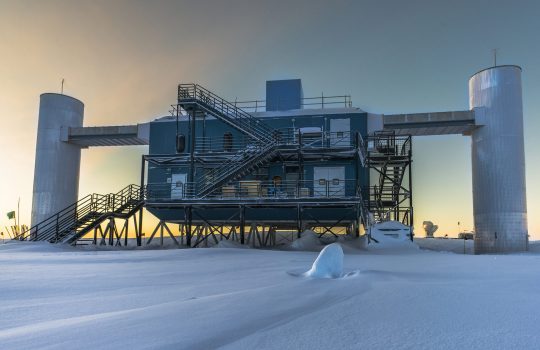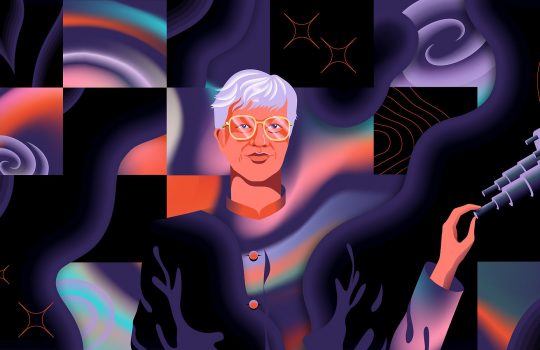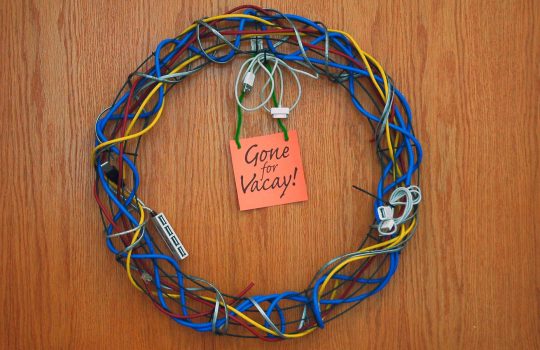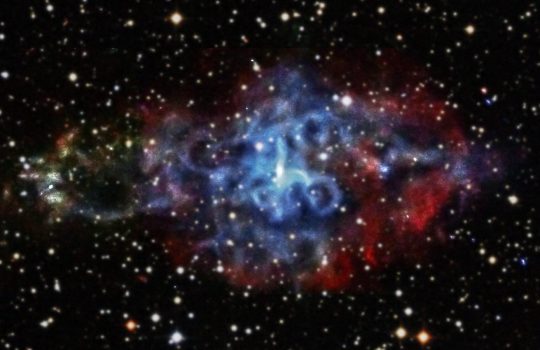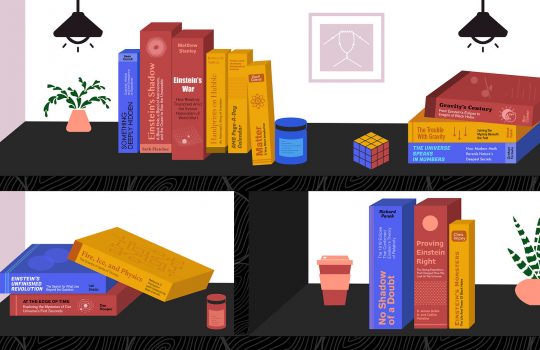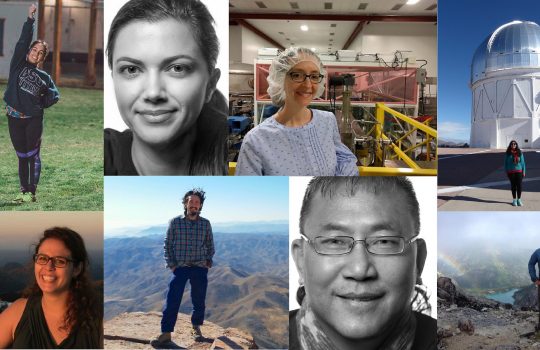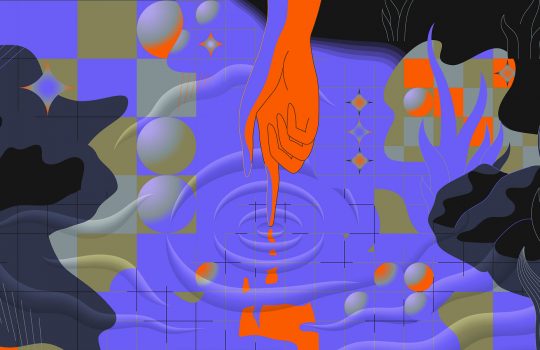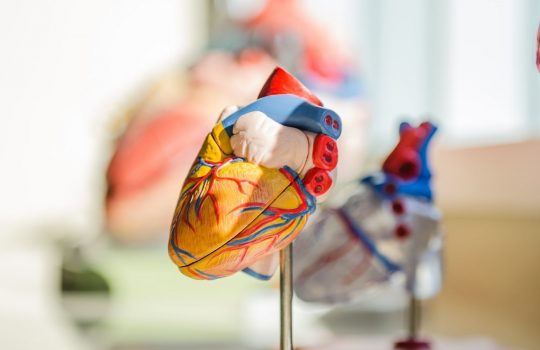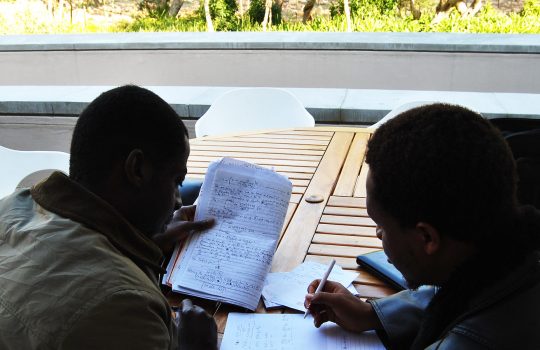Expanding a neutrino hunt in the South Pole
Underneath the vast, frozen landscape of the South Pole lies IceCube, a gigantic observatory dedicated to finding ghostly subatomic particles called neutrinos. Neutrinos stream through Earth from all directions, but they are lightweight, abundant and hardly interact with their surroundings. A forthcoming upgrade to the IceCube detector will provide deeper insights into the elusive particles.

